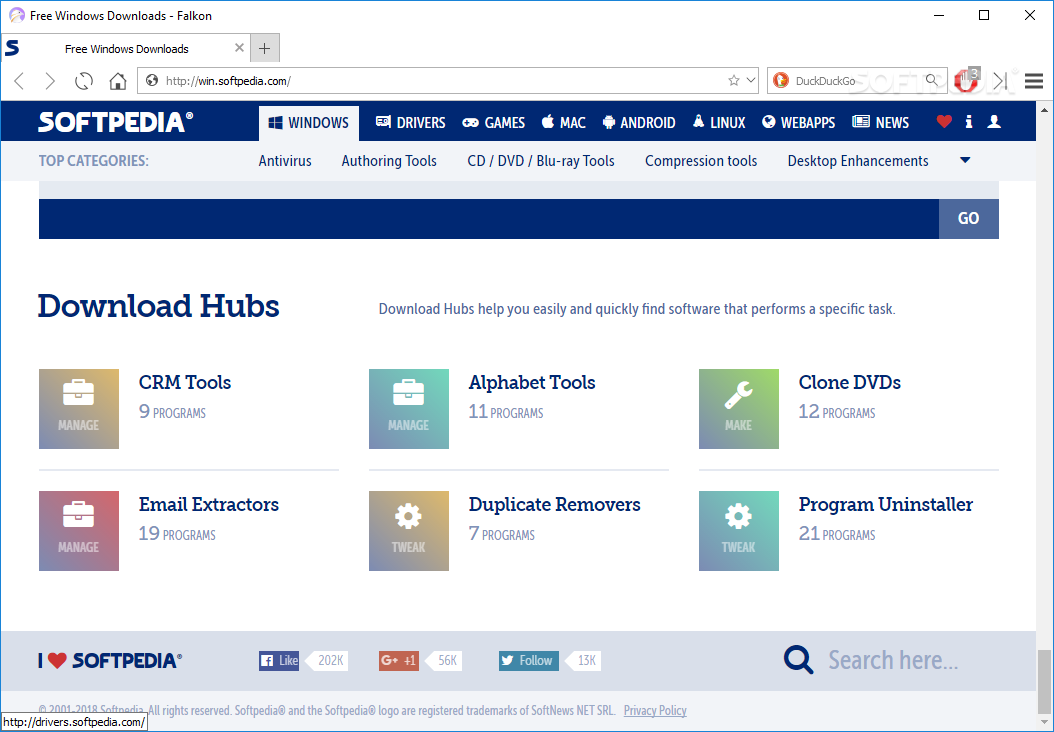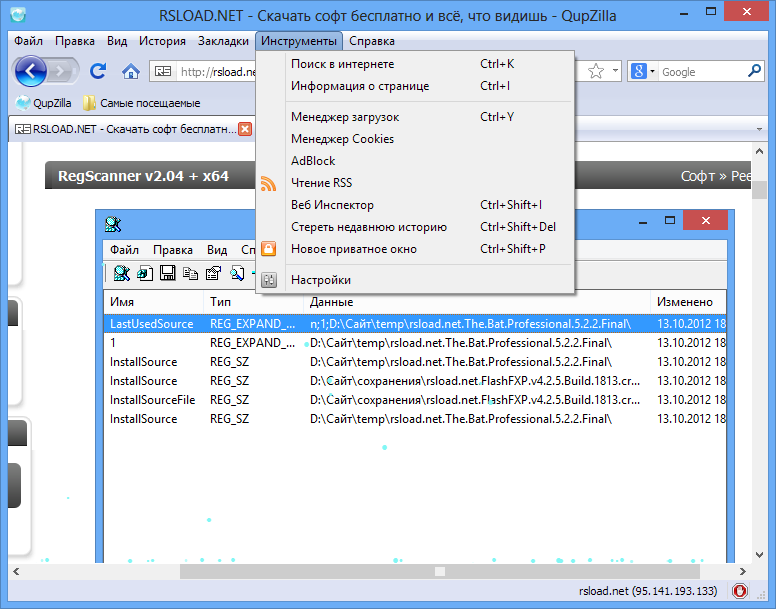
Calling Cherry's headquarters in Munich was fruitful: they pointed me to a partner company that would then sell me a minimum quantity of 2000 switches.

The Cherry ML switch sits in a sweet spot between full-size mechanical keys and laptop chiclet keys, but I couldn't get them at Digikey or Mouser. This validated the main technology decision.įor the first variant of the keyboard, I was looking for DIY- and typing-friendly key switches. With some important hints from kernel developer Lukas Stach I was able to bring up a usable Linux desktop with Debian userland and OpenGL on my TinyRex development board hooked up to a battery.
QUPZILLA PORTABLE DRIVERS
The first thing I wanted to make sure was the possibility of running mainline Linux on the machine, without using any proprietary binary blobs or drivers - while still being able to use basic GPU acceleration. Also, controller options were unclear, so we postponed prototyping of this option. The mainly positive interviews with pre-filtered testers made us confident that we were on the right path.Īll testers were excited about an optional E-Ink display, but this drives up the price by at least 200-300 EUR.

We positioned our computer in the middle of the price range (500-700 EUR) and focused on offering a complete DIY package (not only a board) and higher specs and customizability than another low-cost project. We put together a fake Amazon page with renderings and a description of our device surrounded by two alternative choices. We included a compartment and a slot that accepts 2.5" SATA SSD drives for easy swapping.Īna encouraged me to set up a user pre-validation test to check if we were on the right track concerning the overall concept, choice of parts and pricing. The system starts U-Boot from a MiniSD card which in turn loads Linux from a 120GB SanDisk SATA SSD. I tested the Penguin Wireless N Mini PCIe card in the dev board's Mini PCIe slot and it works great with the open source ath9k drivers. These could be integrated on the new motherboard and a chip attached to the PCIe bus. While i.MX6QP has an integrated USB2.0 Host Controller, which is fine to connect the input devices and a sound module, USB3.0/3.1 are attractive because of their high bandwidth and charging via USB-C. With a bit of luck, the second prototype of the computer will coincide with its launch. Also, the much more powerful 64-bit, 6-core i.MX8 is around the corner. While the i.MX6 looks a bit dated on paper and can't compete with the Core i7 in my old MacBook Pro, its real-world performance is good enough for the kind of work I wanted to use it for.

For the next iteration, I might go with the open schematics version iMX6 Rex. I chose the TinyRex Ultra by Fedevel/Voipac as our evaluation board, because it is a tiny, low-cost system-on-module with 4GB of memory, and it can be plugged into an open source carrier board.
QUPZILLA PORTABLE REGISTRATION
Complete documentation for the SoC is available from NXP as PDFs without registration or NDAs. I came up with these requirements:ĬPU/SoC parts should be as open, documented, backdoor- and blob-free as possibleĪt least SATA-2 for reasonably fast and big storageĪfter reviewing most available SoCs and SBCs, I settled (like Bunnie in the Novena ) on the NXP i.MX6 QuadPlus SoC, which has four ARM Cortex-A9 cores running at up to 1.2 GHz and a Vivante GC2000 GPU for which completely open source drivers are available ( etnaviv ). On the other hand it had to be as open and documented as possible, avoiding closed source drivers. On the one hand, I wanted to be able to get real work done on the machine, like compiling code, editing images or video/audio and browsing the web. The goal for selecting the core hardware was to strike a balance between openness and performance.


 0 kommentar(er)
0 kommentar(er)
